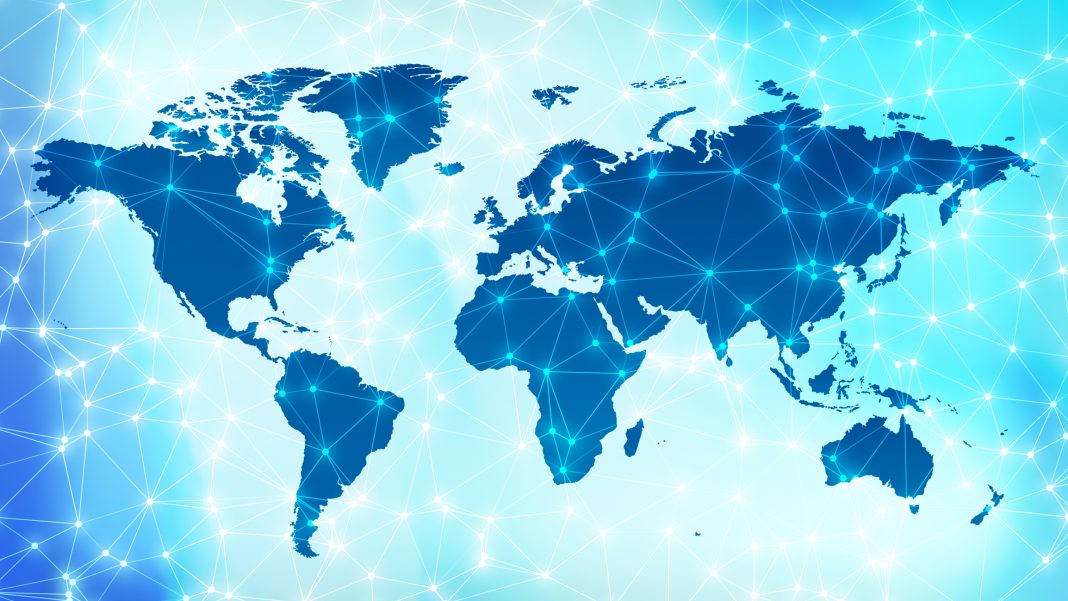Global Futurist, Foresight expert and CEO of Fast Future Rohit Talwar, details the concept of Smart Life 2025, that envisions a connected world in the future
Almost every citizen on the planet is aware of the way technology is increasingly penetrating our lives and that it is likely to play a growing role in the future. However, the next waves of technology development will be even more dramatic, with the pace of artificial intelligence (AI) accelerating, helping us make use of the wealth of data flowing from the embedding of technology into the physical fabric of our lives. So how might these innovations change everyday life experiences? This article explores the scenarios that could emerge in the domains of traffic management and driving, healthcare, cooking, and the management of our personal finances.
Traffic management and driving
The promise of autonomous vehicles appearing on our streets is looming on the near horizon. Globally, there are many experiments demonstrating the possibilities and highlighting the challenges that still need to be addressed to ensure close to 100% safety and predictability of vehicle behaviour in a range of driving scenarios. Perhaps the biggest challenge lies in ensuring near-perfect flows of information about traffic flows, disruptions, and expected weather and lighting conditions up ahead. Key to delivering this diverse range of information will be a blanket of sensors and cameras embedded in street furniture such as traffic lights, lamp posts, and road signs.
Street sensor networks are starting to be rolled out as part of smart city projects around the world, with 5G technology, cloud computing, big data management tools, and AI being used to perform real-time transmission, collation, interpretation, and decision making with this continuous flow of data from these embedded devices. On our autonomous trips, if we are in a hurry, our vehicle will be able to negotiate with those around it – possibly making micro-payments for them to allow us to move aside so we can accelerate past them.
Healthcare
Embedded and wearable devices are already starting to transform our healthcare experiences. Examples include controlling the timed release of medications throughout the day and monitoring critical parameters such as oxygen flow, heart rate and blood sugar. Imagine the scenario where such multiparameter sensors are feeding the data wirelessly to our mobile phone, where analysis of the combined data suggests that we are building up to a possible heart attack. The phone could immediately call an ambulance, alert our physicians, share the accumulated data and gently advise us of the situation so that we can prepare ourselves.
Cooking
In the kitchen, sensors embedded in every item of cookware could help transform everyone into a better cook. Recipes could be downloaded from famous chefs and then every step in the process could be guided. For example, our knives would guide us to cut the vegetables to the optimum size. When in the saucepan, the pan itself and the stirrer could monitor temperature, aroma, viscosity, cooking duration, and other key factors to ensure that each dish is prepared to the precise specifications of the chef. Robotic assistants could also be used to undertake each task – those ensuring absolute conformance with the recipe instructions.
Personal finances
Our relationship with our money could be transformed through the deployment of high functionality chips embedded in what we currently call credit and debit cards. These new multi-functional smart finance cards will be able to perform instant price comparisons at the point of purchase. Decisions would draw on data from the web and the emerging ‘Internet of Money’ that will pull together and analyse anonymised transaction information from tens of millions of such cards in daily use.
Finance cards will be able to use this near-perfect market information to negotiate with multiple possible providers in parallel. Key factors in selecting the most appropriate vendor could include price, delivery and installation arrangements, warranty and returns policies, whether the payment is to be made with a fiat currency or crypto-asset, and payment terms. When the transaction is agreed upon, the card would then inform one of our chosen credit providers to facilitate the financial payment. All of these transactions could eventually be recorded in immutable smart contracts running on ultra-secure blockchains.
Such cards could also play an important role in the management of our savings. At the point of purchase, the card could be authorised by the holder to round up transactions and convert the increment into savings. Hence, a coffee purchased for £2.75 could be rounded up to £3.00, with the 25p being allocated automatically to our savings account with whichever provider is offering the best interest rate with zero switching costs at that moment. The card would also be empowered to scan continuously for the best current interest rates across all available providers and then move money between accounts. This would be great for the saver and a nightmare for the providers trying to predict how much money they have in flexible savings accounts to lend against.
These are just a few examples of how everyday life could change and hopefully, be enhanced by the targeted application of embedded solutions and ever-smarter AI applications. In many cases, the choice of whether to use such innovations will be a matter of personal choice. If past experience of technology innovation is a guide, we will take these tools for granted very quickly and soon be talking about their limitations and potential enhancements!











